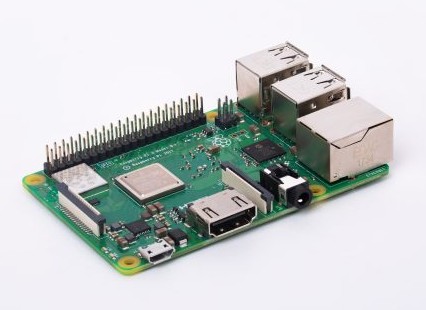

Check here for the latest compatibility news.) UPDATE: – At the time of writing 15/03/18, one day after launch, Volumio is still being tested on the 3B+. (*Note: If using a new RasPi 3B+, then there is no need for the Trendnet Gigabit adaptor. Trendnet USB 3.0 Gigabit adaptor – from .uk *.I would also need some additional components to complete the build.
Raspberry pi flac player plus#
Watching several of Hans’s videos I decided to go for a Pi build, plus a DAC (Digital to Audio Convertor), running a Volumio build.

After watching a few online videos, one in particular got me thinking – An Introduction to Raspberry Pi hi-fi – on the Hans Beekhuyzen Channel. A build, based on a Raspberry Pi, that could play my ripped CD collection. Other colours are available.įor a while now I have been looking to build a Music Pi. Hitting them would be a truly shocking experience.
Raspberry pi flac player pro#
Pro tip: Pay attention to the power cords running through the walls while drilling into it. Mounting: To mount it on the wall I choose to drill 2 big holes in the backside and mount it with 2 hooks (picture above) And we're done. Now that everything is ready connect the pi. Drill a hole in the side for the power (the lazy way is to simply use a USB cable as built in power without removable cable), however I'm going to overcome my lazyness and use an IEC socket for practicality because I break my cables on a regular basis.
Raspberry pi flac player install#
Drill 3+3 holes in the top of the box and install the 3 switches and the 3 leds above if you use some. I let a kind of "lip" on the front so you dont see the cutout I hope my drawings can help you to get an overview Finishing the case: So if you have a the box the process is the simple. The shelve should look like a solid, floating piece with only the switches sticking out so I carved it out from the bottom. So I went into my garden, took an old piece of wood and checked if the speakers could stand on it (the width).

I saw those floating shelves and wanted to use that technique. For this option you can use either wooden planks and glue/screw them together to create a box or you do the hard way of the hard way and carve out an existing block of wood to put the pi inside. This is for the creative individuals who want to show off their skills. So you don't miss out on that (more on that in chapter 6) Done as easy as that But no worries you have to set up the USB soundcard like you have to when using a GPIO soundcard. So I ordered a cheap ass (6€) USB soundcard on amazon.

I would use a soundcard because the 3.5mm audio jack on the pi isn't too slamming The soundcard the store sold me was the oldest there is so combined with the newest pi this caused some problems (pretty pissed at this point, I spent 30€ on that card). Now you press "Ctrl X" to leave Now the soundcard. Do that with the kill and the original script. In this case: "/media/pi/TRANSCEND/kill_v1.py &" "/media/pi/TRANSCEND/gabou_v2.py &" (you have to add the "&" at the end since the project is a loop and should work in the background). You do that by writing "sudo nano /etc/rc.local" into the command line and adding the names and the path where you saved the files into the bottom of the page before the "exit" line. First you set it up (you can read a detailed guide on the internet or watch a video on youtube, I'm not going to go into that, it's going to take about 10min max.) Then you add the two scripts to the autostart in the raspberry. I used Raspbian as an operating system but you can use Noobs or any other system if you like (note that some steps may be different on other systems). So In this step we are going to set up the Raspberry pi.


 0 kommentar(er)
0 kommentar(er)
